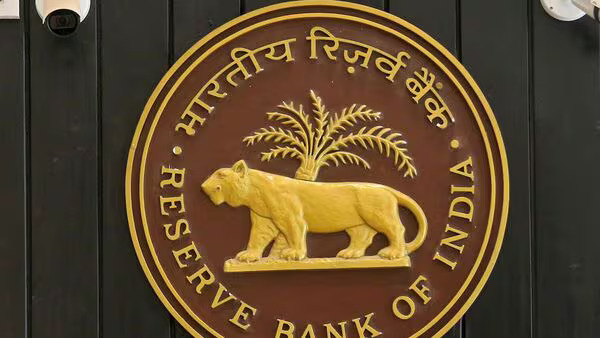The Claim:
Reports suggest that the Reserve Bank of India (RBI) has cut interest rates for the second consecutive time and adopted an “accommodative” stance to counter the economic threat posed by new U.S. tariffs.
The Fact:
True. On April 9, the Reserve Bank of India cut its key repo rate by 25 basis points, bringing it down to 6.00%. This marks the second rate cut in a row, with the previous reduction having taken place in February. Alongside the rate cut, the RBI officially shifted its monetary policy stance from “neutral” to “accommodative”, signaling a readiness for further easing if necessary.
The Context:
India is navigating a tricky global landscape. The U.S. has imposed 26% tariffs on imports from India, a move that has heightened uncertainty and added fresh pressure on already fragile global supply chains. For emerging markets like India, these tariffs threaten export competitiveness and growth.
By cutting rates and easing its stance, the RBI is prioritizing growth over currency stability, an approach also taken by other central banks like New Zealand’s. Governor Sanjay Malhotra noted that while growth is picking up post a sluggish first half of FY24-25, it’s still below desirable levels. He also cited a “benign” inflation outlook, which allows some wiggle room to support expansion.
Growth and Inflation Outlook:
The RBI trimmed its GDP growth forecast to 6.5%, down from 6.7%, and also lowered its inflation forecast to 4.0%, from the earlier 4.2%. Economists warn the U.S. tariffs could shave off 20–40 basis points from India’s growth this fiscal year. HDFC Bank has gone further, projecting FY26 growth at 6.3%, below the RBI’s estimate.
The Implications:
The accommodative stance means the RBI has left the door open for more rate cuts — a view echoed by analysts. Capital Economics sees the repo rate possibly falling to 5.50% by year-end, while ANZ Research anticipates two more cuts by August 2025. That said, India is now walking a fine line: trying to boost domestic consumption and investments without triggering volatility in the rupee or capital outflows.
The country’s bond markets reacted mildly, with benchmark yields dropping slightly, while equities dipped and the rupee remained largely flat.
The Verdict:
Confirmed. The RBI has indeed cut rates and shifted to an accommodative stance. This move reflects growing concern over the ripple effects of global trade tensions — especially from the U.S. — and underscores the balancing act India faces between fostering growth and maintaining macroeconomic stability.


Some genuinely nice and useful information on this internet site, likewise I think the layout has fantastic features.
Perfect piece of work you guys have done, this factchecking website is really cool with wonderful information. This is the best factchecking website in India.
I like your writing style really enjoying this factchecking website.